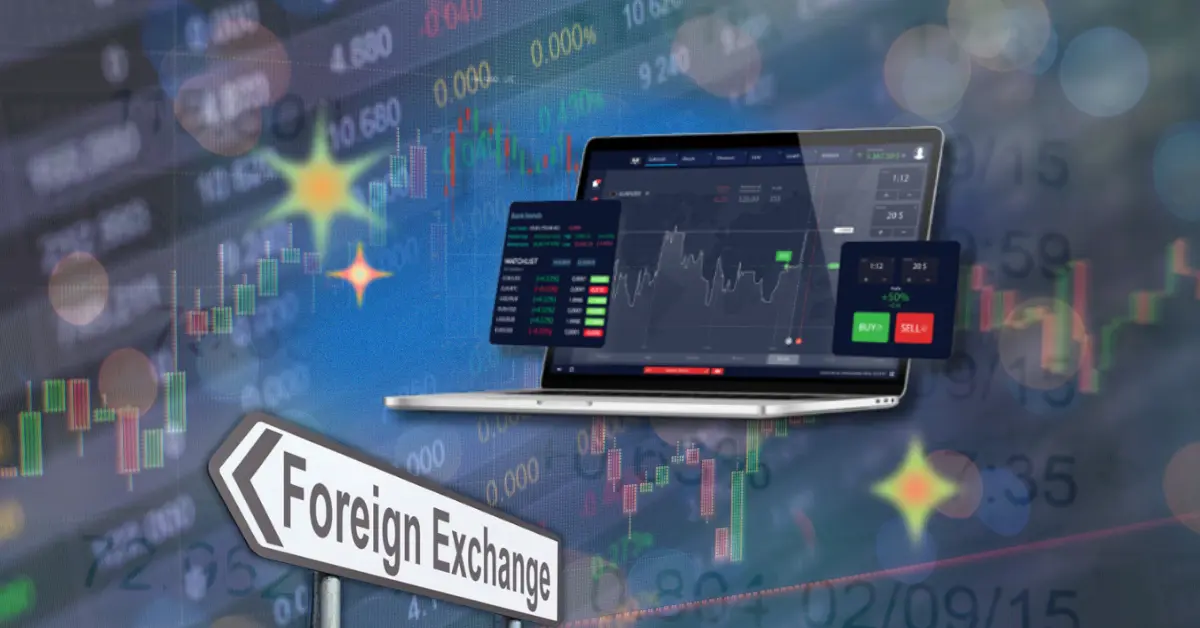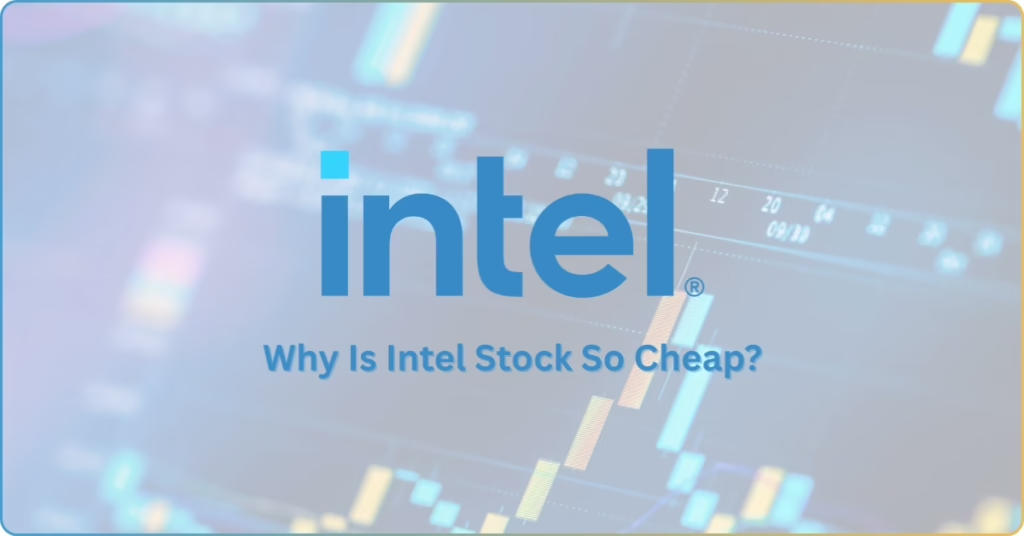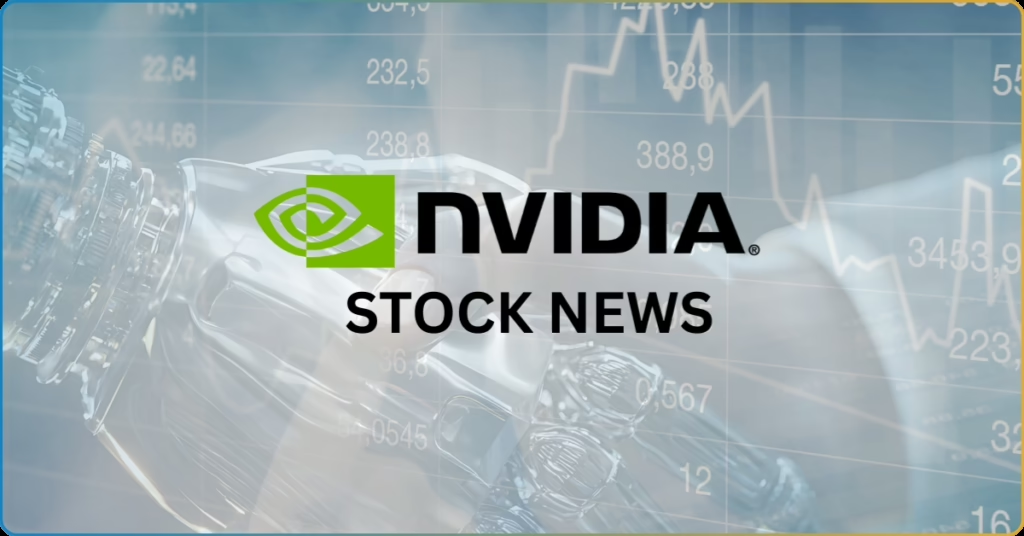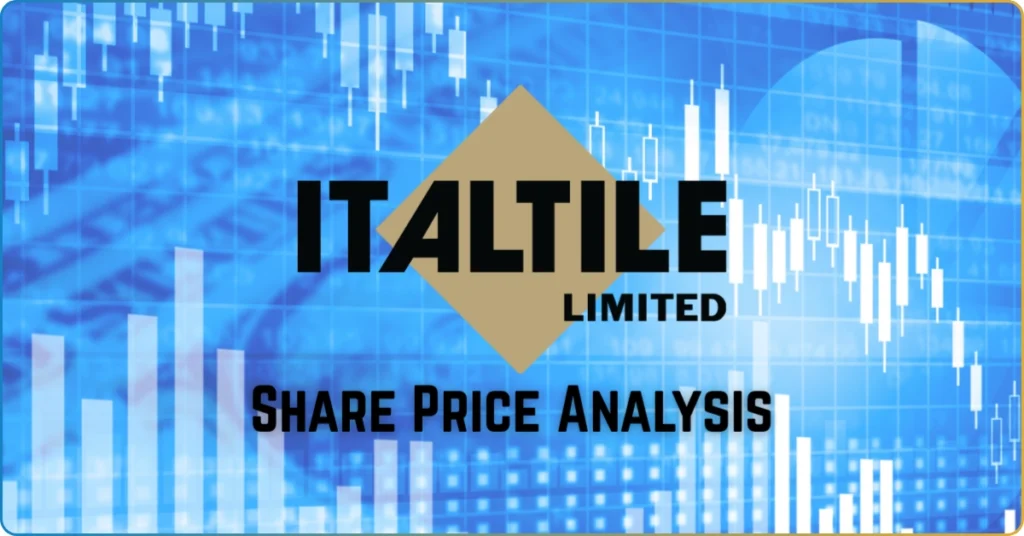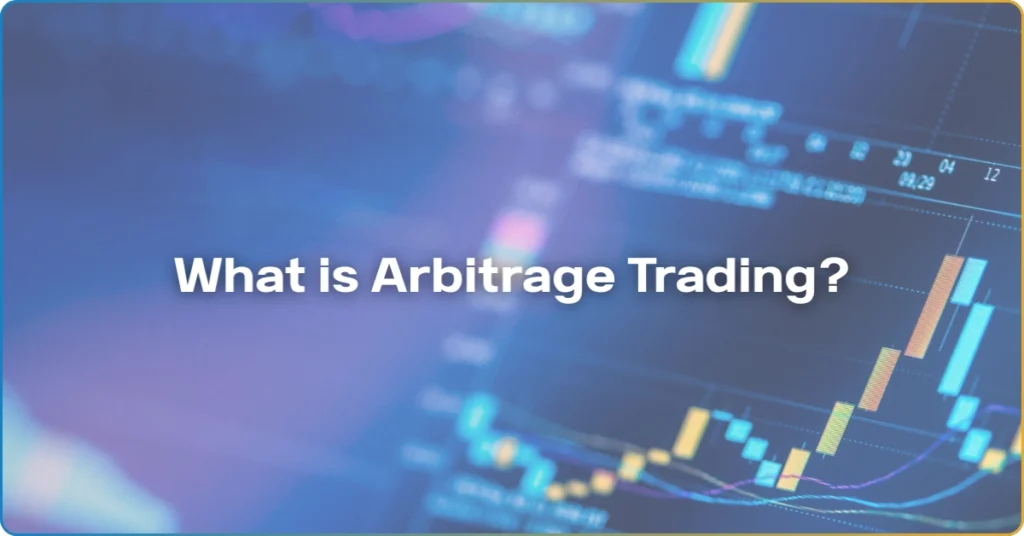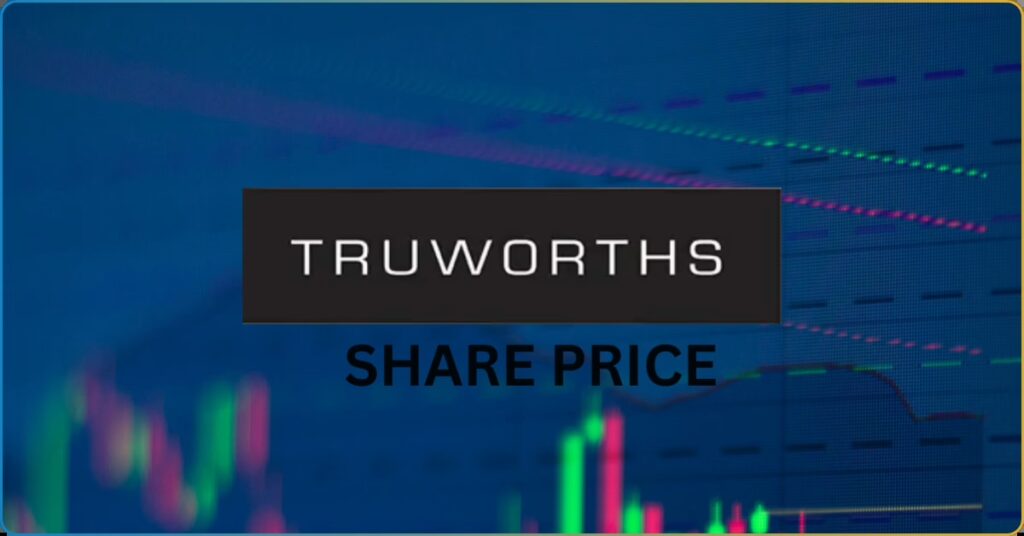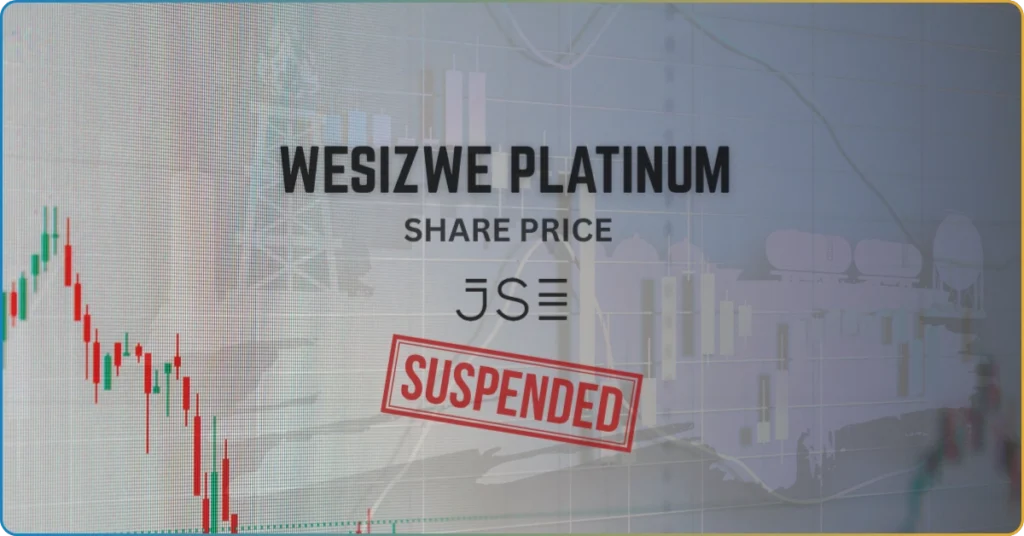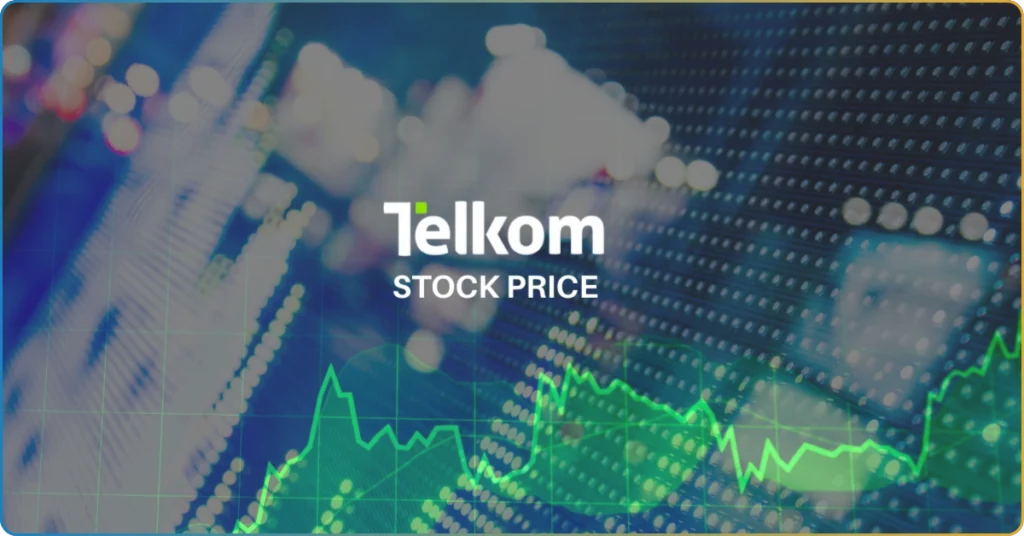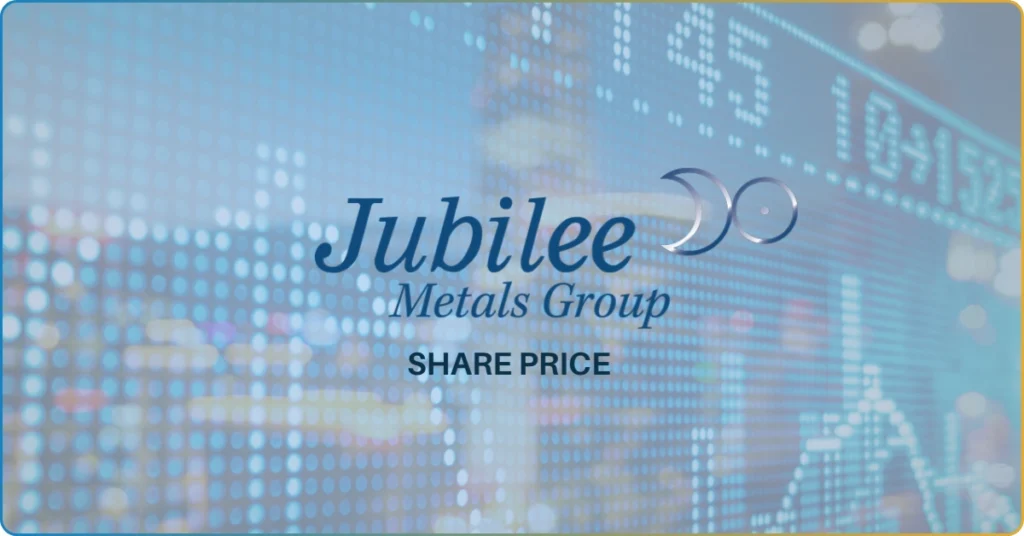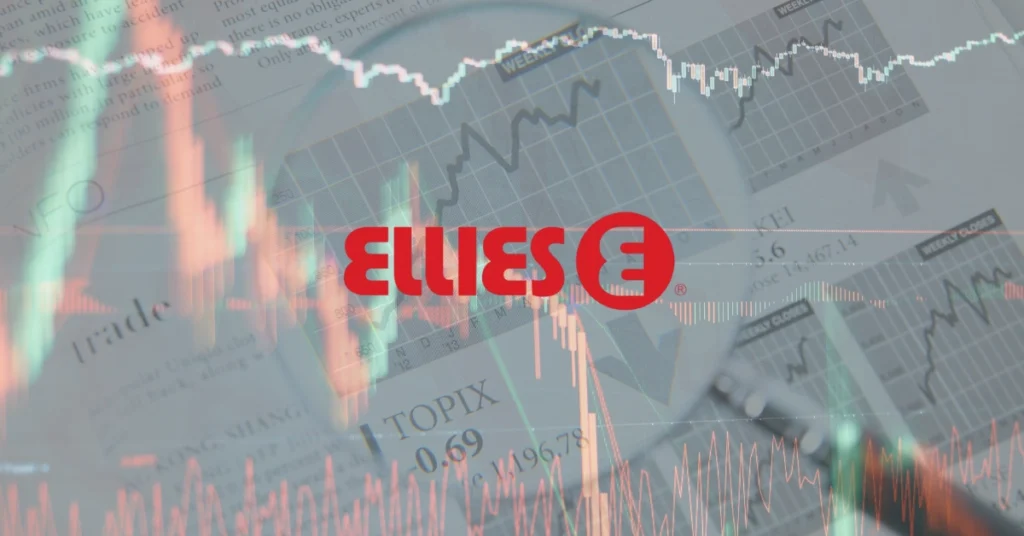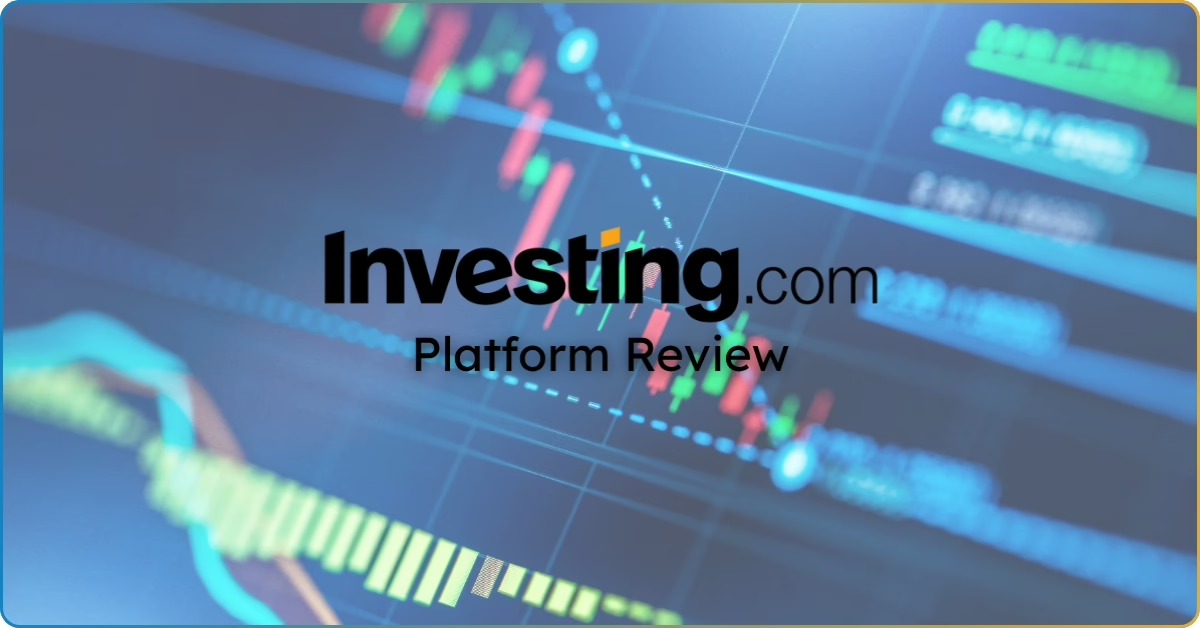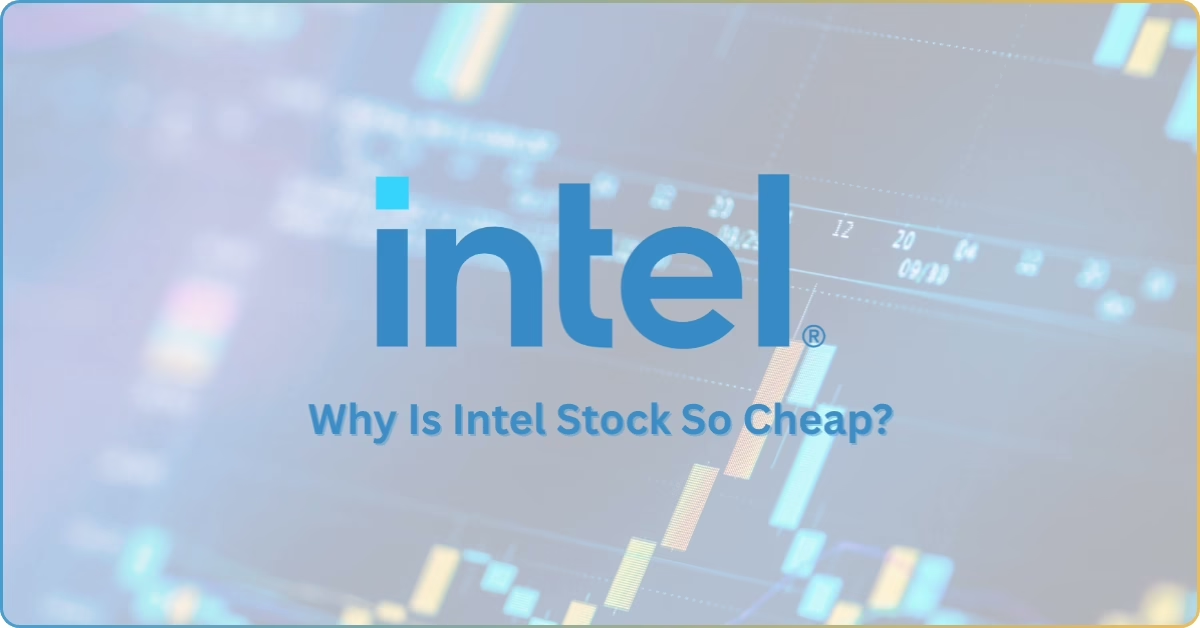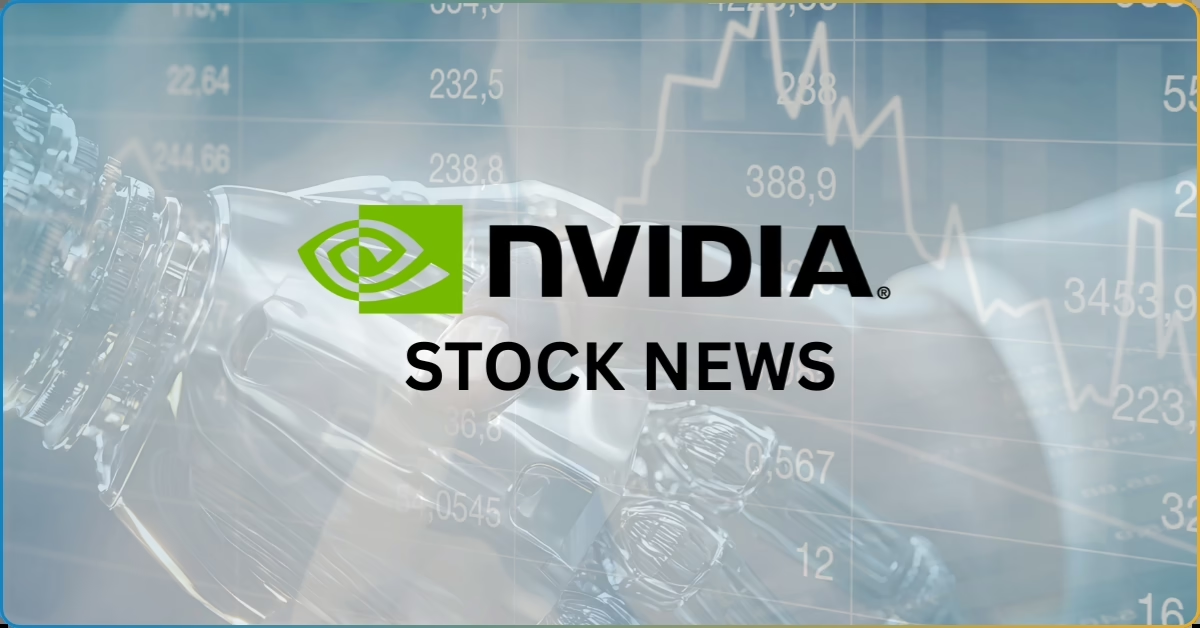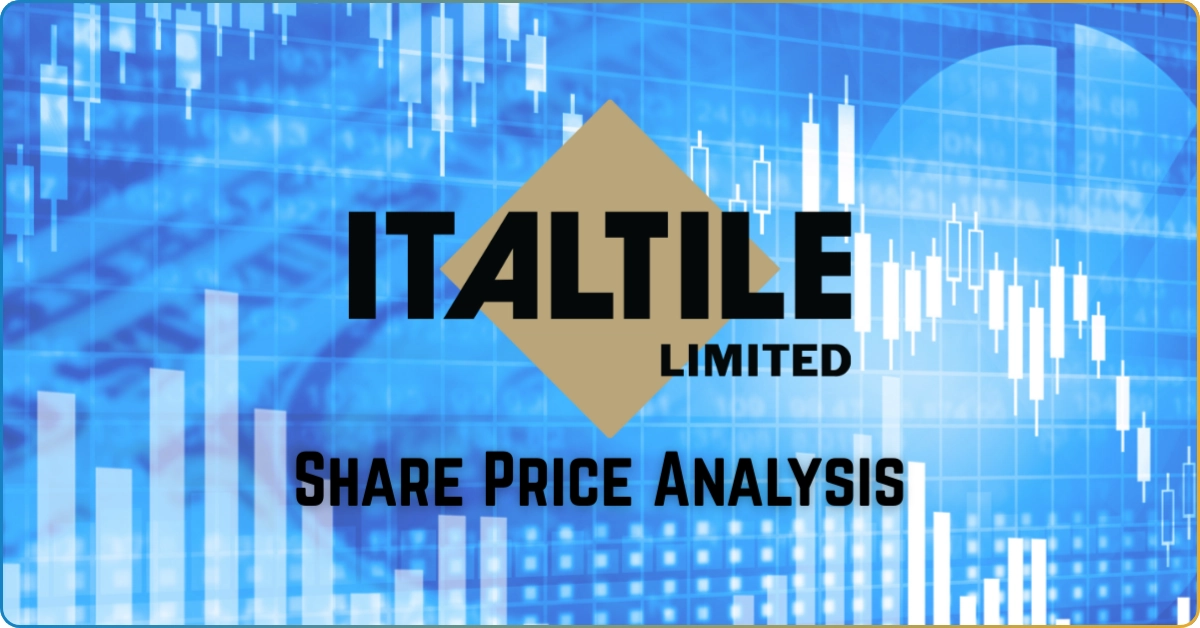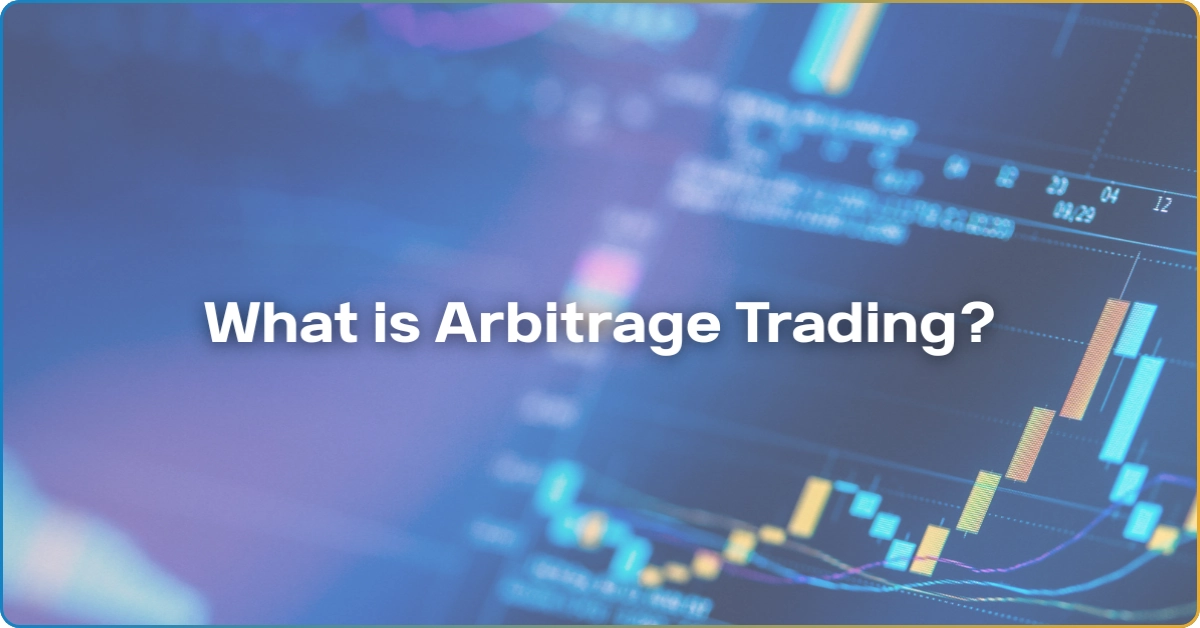A trading platform is like a trader’s office – this digital platform is where all the big decisions take place and where traders can make or break the bank.
There are currently various platforms available for traders, but MetaTrade 4 and MetaTrade 5 remain the industry standards. Because of the platforms’ popularity, most brokers offer access to them. Both MT4 and MT5 were created by MetaQuotes Software Corp, but have some distinct qualities that cater to a trader’s individual needs.
Both have their unique features and benefits, but for beginner traders who don’t really know what they want yet, choosing between these platforms can be a daunting task.
This article will explore the key differences, advantages, and considerations when choosing between the MT4 and MT5 trading platform. Furthermore, we also discuss what sets them apart from other trading platforms.
MT4 vs MT5: Key Features
What is MT4?
MetaTrader 4, or MT4, is a trading platform developed by MetaQuotes Software Corp and released in 2005. Its user-friendly interface and functional trading capabilities quickly gained popularity among forex traders. MT4 is a multi-asset trading platform designed for forex trading, but can be used for commodities, CFDs, and other financial instruments.
MT4 offers essential trading tools, including advanced charting, technical indicators, and automated trading through Expert Advisors or EAs. Additionally, it uses MQL4 as a programming language.
What is MT5?
MetaTrader 5, or MT5, was released in 2010 after the successful run of MT4. Much like its predecessor, MT5 boasts numerous features and functionality but was designed to have a more user-friendly interface.
While it retains many of MT4’s core functions, MT5 is more versatile and supports a wider range of trading instruments, including stocks, crypto, and futures (which were previously unavailable to MT4).
It also offers advanced analytical tools and trading features, making it a favorite among many traders with diverse portfolios.
While MT5 has a more diverse market, MT4 still boasts a larger user base. This is because of the massive size of the Forex Market, which is 196,000 times bigger than the stock market.
Key Differences Between MT4 and MT5
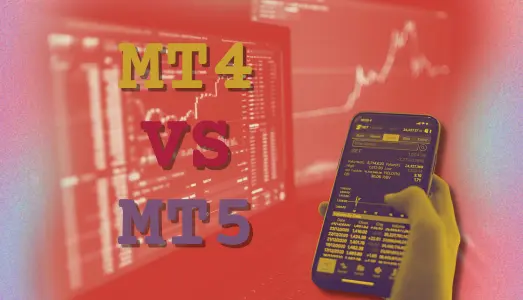
The two trading platforms may seem similar, they cater to the very specific needs of different kinds of traders. This article doesn’t want to pit them against each other! This is simply a way to help the trader gauge what kind of platform will work best for them.
Here are the key differences between MT4 and MT5 every trader must know before they start trading.
User Experience
The MT4 platform was created specifically for forex trading. Because of its user-friendly interface, the trading platform’s user interface and design are straightforward and easy to navigate. Because of this, the MetaTrader platform has become a favorite among beginners and hobbyists.
The platform has four toolbars – Standard, Charts, Line Studies, and TimeFrames – that are cleanly placed at the top of the page. The New Order button is also easily seen so setting orders is a click away. This makes it very intuitive and allows users to access forex and trade quickly.
Meanwhile, the MT5 still has a user-friendly interface and additional features like advanced trading tools. Because MT5 allows access to many trading instruments, the platform must add further functionality.
The additional tools may have a learning curve. This means traders will have to spend some time learning and getting used to the platform, particularly those transitioning from MT4.
Meanwhile, MT5 has a more optimized multiserver setup.
Customization of Metatrader platform servers
While both platforms have easy-to-navigate interfaces and user-friendly designs, many traders prefer the ability to customize toolbars and menus.
In addition to their easy-to-navigate surface and user-friendly design, both platforms are extremely customizable! This feature is a favorite among many traders, giving the platform flexibility to adapt to traders’ preferences and strategies.
MT4 offers a fair amount of flexibility. Traders can customize charts and add objects, technical indicators, and alerts for a more precise trade. Additionally, users can change the trading platform’s color and theme.
Meanwhile, MT5 offers more accuracy with custom indicators, personalized layouts, color schemes, additional objects, and built-in technical indicators. It also has a feature that allows users to save their preferred set up for algorithmic trading.
Asset Classes
A common point of contention between traders choosing between the two platforms is the assets they support.
The MT4 platform supports forex assets as it was primarily designed for trading forex. The trading platform supports a wide range of currency pairs, therefore traders can enjoy the liberty of choosing their preferred currency pair.
While the MT4 can handle some other CFDs (Contract for Difference) and CFDs forex, its focus is mainly to trade forex. It does not have support for non forex CFDs, stocks, futures, or options.
In contrast, the MT5 also offers access to the forex market and the broader financial markets. The MT5 trading platform is a much more versatile platform for those exposed in different kinds of financial markets.
- Stocks. Users can participate in stock exchange trading via the MT5. Traders can trade stocks or shares of companies listed on various exchanges, such as the NYSE, JSE, and LSE.
- Futures. With a trading account, users can trade commodity futures such as gold, silver, platinum, chromium, and others.
- Options. The advanced trading platform supports options, which typically involves stock trading and selling the stock on or before a particular date.
- CFDs. MT5 supports CFD trading, a method of derivative trading where traders can speculate price movements.
Technical Analysis
The two popular trading platforms offer various tools for technical analysis, however, MT5 provides further enhancements from its predecessor.
Here are some of the key differences on technical analytical objects.
Own technical indicators
The MT5 comes with 38 built-in technical indicators, as compared to MT4’s 30. These include moving averages, on-balance volume, A/D line, and relative strength index (RSI).
Charting tools
The MT4 offers three fundamental chart types: line, bar, and candlestick. For forex traders, this should be more than enough to support their needs and strategy. However, the MT5 trading platform includes more chart types such as the Renko and Point & Figure Charts.
Historical data
Viewing historical data is a staple of technical indicators. Between MT4 and MT5, the latter supports more time frames for a more in-depth analysis.
The MT4 platform supports 9 different timelines for analyzing price movements, while the MT5 supports 21 timelines for an elevated analysis of market direction.
Economic calendar
A key feature of the MT5 is the integrated economic calendar, which any forex broker will appreciate. This allows traders to analyze market events and their potential impact on prices directly within the platform.
The economic calendar tab includes features such as schedule, impact, and forecast.
Order Types and Execution
Both trading platforms offer various order types that retail traders can use.
Like the previous sections, MT5 offers additional options for enhanced trading flexibility. However, keep in mind that the MT4 is still a reliable platform, especially for forex traders, who probably do not need the additional orders.
Below is a breakdown of the order types in each platform.
Market Order
Both MT4 and MT5 can execute trades at the current market price.
Pending Order
There are four types of pending orders available for both MT4 and MT5.
- Buy limit: buy at a price lower than the current market price
- Sell limit: sell at a price higher than the current market price
- Buy stop: buy at a price higher than the current market price
- Sell stop: sell at a price lower than the current market price
However, the MT5 offers enhanced functionality through the following:
- Buy stop limit: a combination of a stop order and a limit order to buy at a specified price
- Sell stop limit: a combination of a stop order and a limit order to sell at a specific price
Stop Loss and Take Profit
Both MT4 and MT5 can execute orders to automatically close a position at a specified loss or profit level.
The MT5 has the added ability to set orders at the moment of placing a pending order.
Partial Closure
Another additional feature for the MT5, traders can execute a partial closure of open positions for greater control and risk management.
With this feature, traders can secure profits or minimize losses by partially closing a portion of their open positions, rather than closing an entire position at one.
Speed
The MT5 is undeniable much faster to use than the MT4. This is because the MT5 is built on a more advanced 64-bit multi-threaded platform. This processor allows traders to handle multiple tasks at once, quicker data processing, and instant execution.
Meanwhile, the MT4 only uses a 32-bit mono-threaded processor. However, this is more then enough for many traders.
Community and Support
In the world of online trading, both MT4 and MT5 have active communities where traders connect and help each other navigate the platform and the financial markets.
The MT5 online community is especially lively, offering support through tutorials, webinars, and support to customize the platform through its programming language.
Individual traders share their insights, questions, and thoughts on these platforms through online communities such as CommuniTrade, an online trading community platform with only verified traders.
Fortunately for beginner traders, knowledge and expertise on MT4 and MT5 are not hard to come by because of user-created educational content.
Conclusion: MT4 or MT5?
Both platforms are industry standards for asset trading. The decision relies solely on the individual trader and their preferences.
In a nutshell, the MT4 platform was designed specifically for forex trading, and its easy-to-navigate interface make it suitable for beginners and retail traders.
Meanwhile, the MT5 is a multi-asset trading platform that has access to multiple financial instruments. This platform is ideal for advanced traders who are exposed to diverse securities.
Join a community of verified traders
Keep up to date with trading news, industry analysis, market trends on CommuniTrade. Ask questions, verify facts, start thought-provoking discussions with fellow traders.
Sign up today.

